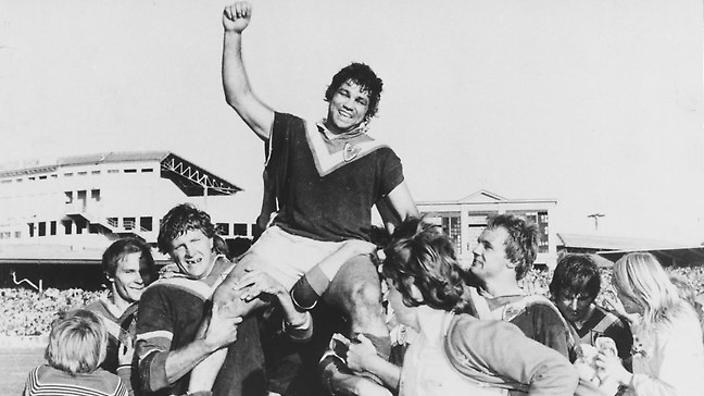
16 Followers
If a bowler brushes and disrupts the stumps with their hands or legs as they’re in their delivery stride when bowling the ball, it’s now a No Ball and not a Dead Ball. What is the reason behind the change to the laws?
Partner Sponsors
Responses
With thanks to Ben Treloar - Education Officer at New South Wales Cricket Umpires Association
Not entirely sure why the change happened, but this may have contributed to it.
In the lead up to the change in application, a bowler namely Stephen Finn from England was known to get very close to the stumps at the bowler end when delivering the ball and would more often than not disturb the bails. When this occurred, it was play on. When it kept happening, the bowlers end umpire started to call Dead ball in case this was distracting the striker prior to playing the ball. When the next edition of the Laws came out, the change had been made to deem the action a No ball.
Hope that helps.
Ben Treloar is quite right about when it came into being - it was as a result of Stephen Finn. The problem the onfield umpires had was trying to determine if the breaking of the stumps at the bowler's end was distracting the batter and should they call dead ball or not (to protect the batter from dismissal if they were). They took a conservative view and thought it best to call dead ball just in case. The bowler broke the stumps so many times, it was interrupting the flow of the match.
The Law makers decided that this act was no longer about distraction but unintentional unfair play. They decided the best deterrent for bowlers to keep away from the stumps, make it easier for the umpires to judge, and improve the flow of the game, was to penalise/deter bowlers and apply a No ball to such deliveries. On the whole, it seems to have had the desired effect.
Cheers, Simon T.
Hello David
As per the MCC Laws, a run out is a run out (accidentally or on purpose). In the situation as above that you have described, if the non striker was out of their ground (and there was an appeal - not in your scenario), then upon appeal, they would be out, run out. The ball would then be dead with the dismissal and whatever the striker did wouldn't count.
The ball would not be a No ball as the run out was effected before the front foot landed - even though the ball was subsequently delivered.
I'd also point out here that the ICC do NOT follow the MCC Laws in this case when the ball is delivered after a valid (accidental) run out. The ICC deem that an accidental run out in this fashion is not a dismissal and when this happens I look forward to see how they are going to explain it to everyone!
Hope all that helps. Simon.










Just to throw a spanner in the works (and settle an argument) let’s just say the bowler accidentally brushes the stumps with the hand the ball is in whilst he or she in the delivery stride and continues to release the ball.
Let’s say the umpire signals no ball and the striker hits it for four, after which an appeal is forthcoming for a run out (Mankad) at the bowlers end.
If the non striker had left their ground at the instant the bails were broken, would he/she not be deemed out (run out) and the ball be deemed dead from that point forward because of the dismissal ?
Therefore nullifying any call of no ball and any runs scored from it.